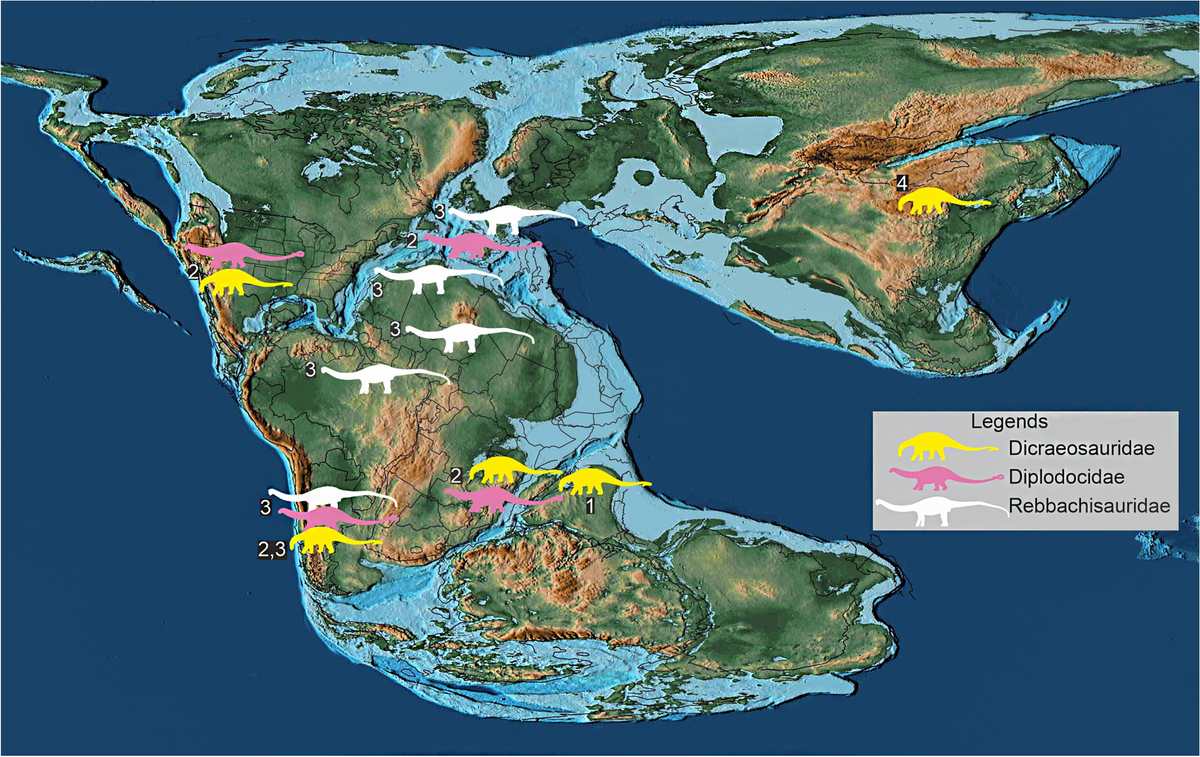In this photo provided by the The University of Alabama at Birmingham, medical researchers collect a kidney biopsy during the transplant of a pig’s kidney into a donated body on Feb. 15, 2023.
| Photo Credit: AP
Questions:
1. What is the term for a transplantation procedure in which cells or organs are transferred between individuals belonging to different species? If the procedure concludes with, say, a human body hosting some cells from a pig, the human is said to be a chimaera.
2. In November 1895, a German scientist discovered a previously unknown form of radiation and called it _____. He named it so to denote its unknown and then-mysterious character. Fill in the blank.
3. If you have one of these, you’re biologically female if you also have Swyer syndrome. If you have two of these, you’re biologically male if you also have de la Chapelle syndrome. You can also have two of these if you have Klinefelter syndrome. To what am I referring?
4. Plants are called ___________ if they have evolved adaptations to survive in conditions with very little liquid water. These plants are found in deserts, rainforests (where the weather can also be extremely wet), and near the poles (where water is often frozen). Fill in the blank.
5. This entity belongs to a system invented by the French philosopher René Descartes in the 17th century. It’s typically denoted by a horizontal line connected to another, vertical line at a vertex often labelled ‘O’. This system is used to represent objects with two degrees of freedom. Name the entity.
Visual:

This gas usually keeps to itself and doesn’t react, yet it was also the first of its kind to form a compound. It’s been used to pump lasers, as an anaesthetic, and in arc lamps. Here the gas is shown glowing inside a discharge tube. Name it.
Answers:
1. Xenotransplantation
2. X-rays
3. X chromosome
4. Xeromorphic
5. X-axis
Visual: Xenon
Published – September 06, 2024 11:00 am IST











